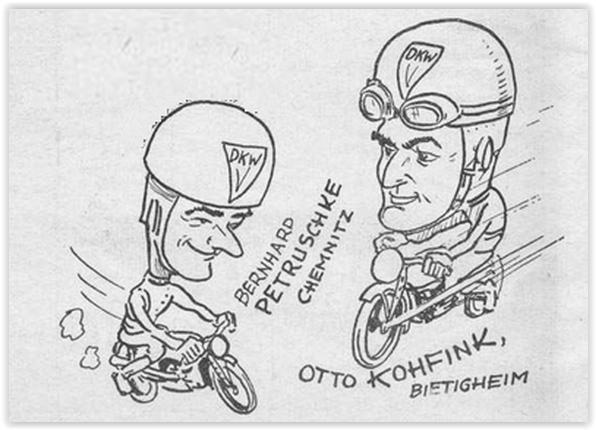
The most successful 125cc rider of the GDR in the early after war years
After Petruschke made people sit up and take notice last year with two wins and a 2nd place, it was now a matter of confirming these successes in the 1952 season. With the rotary vane machine built under designer Daniel Zimmermann on the basis of a DKW 125 RT, the aim was to warm up the competition in its third year of existence. First and foremost, of course, this was the “Volkseigene Betrieb” (VEB) IFA from Zschopau, which emerged from the earlier DKW production facility after the war.

GDR leadership did not enjoy private successes very much
The party leaders did not particularly like the fact that in the previous year private drivers like Jochen Seidel with his JSB self-made Puch and the ZPH with “Petrus” often drove pilots equipped with IFA-DKW to the ears. But in the first few years, the DKW-based IFA was often simply not fast enough to win races against the two strongest private drivers. In the previous year, the IFA factory team had grown, a young driver named Horst Fügner (see our separate chapter about him under History) had been hired as reinforcement. Together with Erhart Krumpholz, the people of Zschopau now had a two-man team with him.

No tailor-made start to the season
As in the previous year, Petruschke won the Halle-Saale race, which this time took place on June 8th instead of April. As last year’s winner and fastest in training, he was the favorite of the 125s. Already on Saturday evening the newspapers reported respectfully that “the old master from Kleinmachnow” had set the best time. But apart from this event in Saxony-Anhalt, his successes in the first half of the season were rather manageable. With the Rostock Osthafen course and the “Bernauer Schleife” were new routes in the GDR racing calendar from 1952. However, the second half of the season should show that Bernhard’s second win on the Halle-Saale loop was only the beginning of an impressive series.



Rund um das Scheibenholz-Rennen in Leipzig
The Leipzig City Park Race took place on August 17, 1952, with international participation and in front of over 100,000 spectators. “Petrus” struck again and secured victory in the 125cc class with an hourly average of 84.81 km / h with his ZPH. Obviously, the “old racehorse” particularly liked the races with a high number of spectators. In any case, the competition and fans were more than impressed by the performance of the experienced 42-year-old man from Kleinmachnow. And it didn’t stop there, a successful autumn was waiting for Petruschke and his so-called “ZPH collective” with technician and supervisor Daniel Zimmermann.
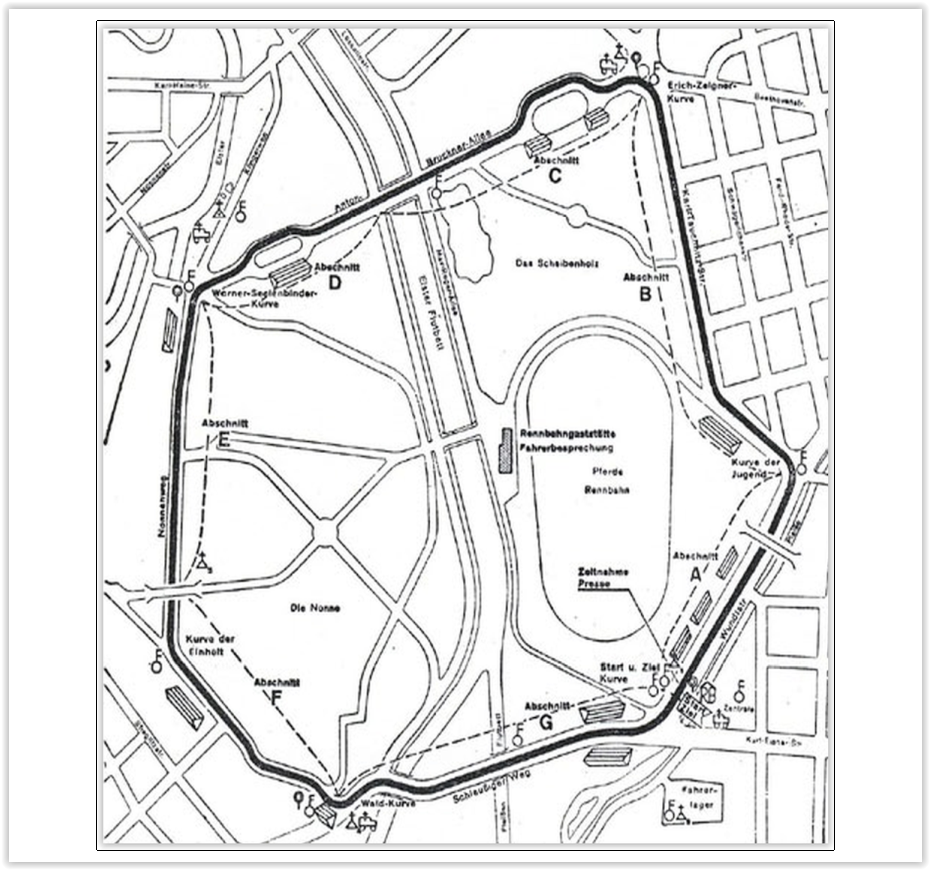


Schleizer Dreieck – a GDR race with strong foreign participation
Even before the journey to Schleiz it was clear that the event on the Schleizer Dreieck was not going to be a sure-fire success. The international participation was strong and several West German drivers had registered for the 125 cc race. It was also the multiple German master H. P. Müller on his Morbidelli with factory worksracer parts who won ahead of his brand colleague Karl Lottes.
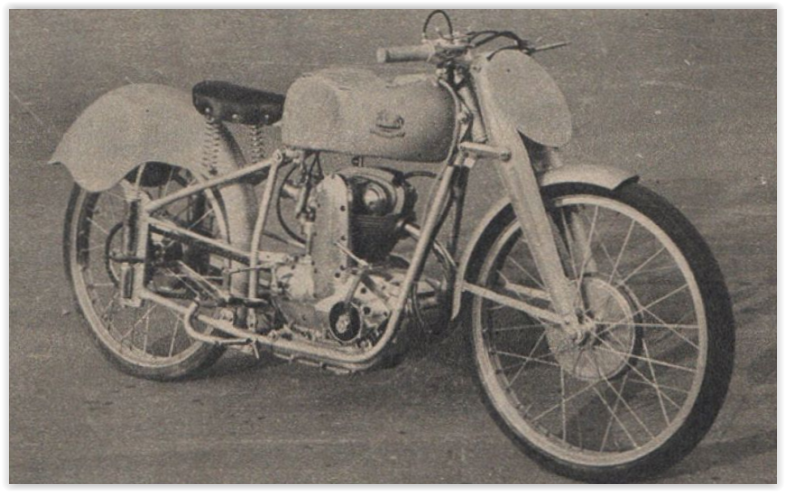
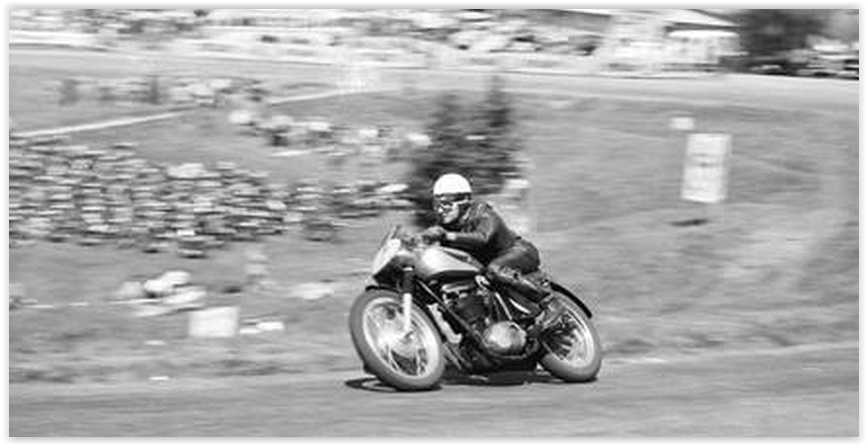
Strong podium in front of home crowd
Behind the two main favorites Petruschke made it to the excellent 3rd place. With this he even defeated the former European and multiple Western German champion Ewald Kluge (DKW) and his fellow countrymen Walter Reichert, Adolf Heck and Hubert Luttenberger, who had also traveled from Western Germany. This performance could hardly be underestimated and definitely extremely beneficial for the self-confidence of the driver and his compatriots. Only a week later, “Petrus” went to “socialist brother country”, as they used to say in the GDR.


The second international victory after the war – at the Brno Grand Prix
The CSSR (Czechoslovakia) GP took place on the Masaryk Ring for the third time after the war. This route had nothing to do with today’s course. More details can be found on our website under “RaceTracks” – “Europe” – “Brno – Masaryk-Ring”. It was a street circuit on a closed track, which was not part of the world championship at the time. Nevertheless, many foreign drivers came here, the popular German driver Hans Baltisberger (see history tab on our site for details) this was to cost his life in 1956.

His next Masterpiece
Petruschke had already proven in Budapest last year that he was always quick to cope with new routes. Once again he made history on September 28, 1952 in his racing career. Bernhard became the first foreign winner of the race, which was held on the Masaryk Ring in the 3rd year of the event. His victory in the neighboring country was duly celebrated in the local press and by the fans afterwards. Incidentally, his compatriot Haase came second on IFA-DKW. For the remaining GDR pilots Türk, Krumpholz and Fügner, only ranks 5 to 7 remained in the 40-man field.




No more fraudulent labeling – but imminent change
After Petrushke’s victory in Brno, the state-controlled media named “ZPH-Kollektiv” as an exception. Finally, no fraudulent labeling had been carried out by accusing it of “IFA-DKW” as a brand. The party superiors in the Ministry of Sport of the GDR were understandably a thorn in the side that a privately built racer put the IFAs in the shade time after time. The Zschopau “factory machines” were actually still coiffed DKW RT 125s from before the war, renamed IFA.

Occupation of the best private driver
What happened next was absolutely typical of the socialist workers ‘and peasants’ state. “Petrus” and the designer Zimmermann were transferred to the IFA in Zschopau and hired as drivers and supervisors. However, engineer Walter Kaaden was assigned the task of setting up a so-called IFA “racing collective” and developing a new racing machine. The order for this came at the beginning of 1953 and Zimmermann was entrusted with the development of boat engines.
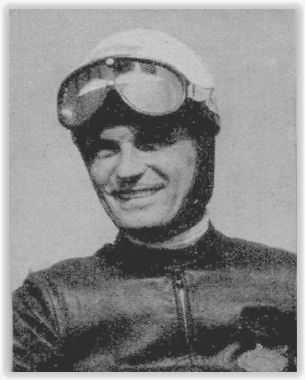
For more see part 4 of the story about Bernhard Petruschke, coming soon..
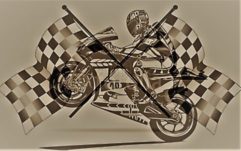
No Comments Yet